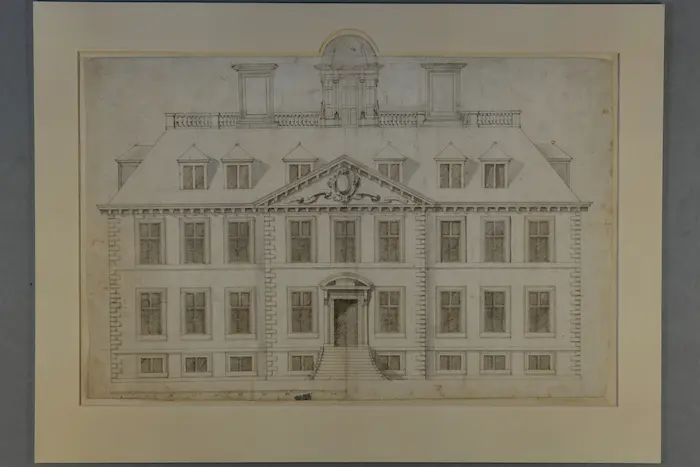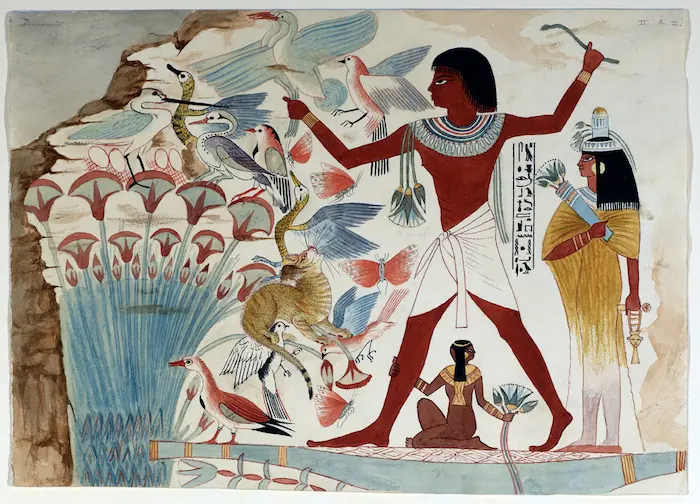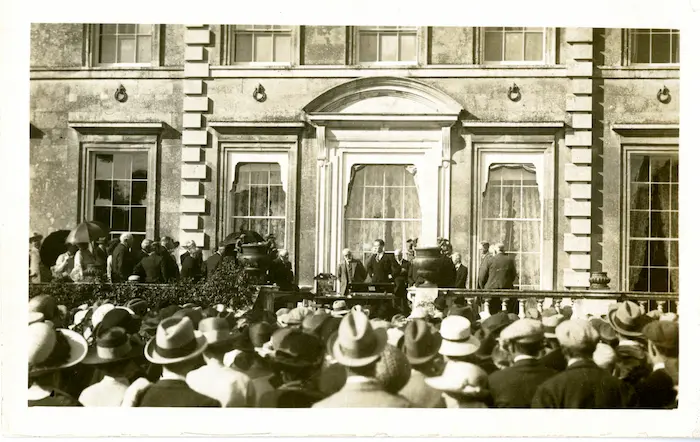For 3 years, the Unlocking the Bankes Archive project employed Archivist Luke Dady to catalogue the collection of over 800 boxes of material. Alongside this cataloguing work, Emma Munn (Project and Engagement Officer), Fiona Thomas (Volunteer Co-ordinator), Amber Phoenix (Project Technician) and Anna Wreyford (Project Apprentice) were employed to promote the collection, working with a wide variety of different partners to share the tales from the collection.
The history
In 1635 Sir John Bankes invested in the estates of Corfe Castle and Purbeck, purchased from Mountjoy Blount. In 1636 he purchased the estates of Kingston Lacy.
Being Royalists, the Bankes' found themselves under attack during the Civil War. Sir John spent much of his time travelling with the King, and was appointed to Lord Chief Justice of the Court of Common Pleas in 1640. During the Civil War, Parliamentarians occupied large parts of Dorset, and Corfe Castle was placed under siege on two occasions. The second, in 1645, lasted 48 days, and was ended when Parliamentarian forces entered the castle disguised as Royalists. Lady Bankes was forced to attempt a truce, which allowed her and her family to leave. The castle was slighted following a Parliamentary vote, and the rubble was used as building materials for many buildings and properties in the village.
In 1660, the Bankes family chose to build a new house at Kingston Lacy, rather than rebuild Corfe Castle. Through the course of the 18th Century, various work was done to the house and the estates were expanded. The Woodward Survey of 1773-1774 detailed the extent of the land holdings in Purbeck (8,468 acres) and Kingston Lacy (13,614 acres). Land continued to be acquired until roughly the middle of the 19th Century.
In 1784 William John Bankes was born. William was an adventurer, and in 1813 he set off on a Grand Tour. During his travels, he went first to Portugal and before travelling through France and Italy, toward Greece and Turkey. In 1816 he travelled, along with others, up the Nile from Cairo. The group travelled past Wadi Halfa, Abu Simnel and Philae on this journey, making notes and drawings along the way, recording hieroglyphics, ground plans of tombs and temples, and sketches of the locations.
Soon after, William began planning a journey into Syria, to explore parts of the Holy Land. On this journey William visited places such as Mount Lebanon, Sinai, and was among one of the first Europeans to enter the lost city of Petra.
By late 1818, William had planned his second trip to Egypt, accompanied by Henry Salt, Henry Beechey, A.M. Linant de Bellefonds, and Alessandro Ricci among others. This longer voyage up the Nile saw Bankes identify the famous Philae obelisk, and return it to Kingston Lacy (in the event this took nearly a decade to achieve).
Henry Bankes died in 1834, and William began redevelopment of Kingston Hall. Between 1834 and 1841, William employed architects, artists and artisans to rebuild Kingston Lacy (as it became known).
In 1841 William fled into exile, initially to Paris, before travelling and settling in Venice. Through the course of the next decade, William sent back weekly correspondence, instructions and advice on how his house should look, until his death in Venice in 1855.
By 1897, Walter Ralph Bankes had inherited the estates, and had married Henrietta Jenny Fraser. They had three children, Daphne, Viola, and Henry John Ralph. When Walter died in 1904, it fell to Henrietta to run the household, the estates, and look after her family. As H.J. Ralph was a minor, there were two groups of trustees established, one to look after the will of Walter, the other to look after the estates.
When H.J. Ralph came of age in 1923, he took responsibility for the running of the estates, but a lot more work fell to his Land Agents. H.J. Ralph married Hilary Strickland-Constable in 1935, and their children John (1937) and Mary (1940) were born soon after.
During the Second World War large portions of land, particularly in Purbeck, were requisitioned by the War Office for training and planning purposes. Little is written after the Second World War relating to the family. In 1966, Hilary died after a long, debilitating illness. This affected H.J. Ralph Bankes deeply, and he became something of a recluse, confining himself to a few rooms in Kingston Lacy. For reasons which are not clear from the collection, H.J. Ralph cut ties with his children, and grew closer to his housekeeper. When H.J. Ralph Bankes died in 1981, he left his children £5000 each, and his estates to the National Trust.
During the 1980s, the National Trust spent time assessing and repairing Kingston Lacy as well as assessing the wider estate properties between 1985 and 1996. This is the latest material in the collection.
The archive collection
Comprising of over 30,000 records, the Bankes archive is one of the largest estate collections held at Dorset History Centre. With material relating to various elements of family and estate life there are lots of records for researchers to use. Some of the highlights are:
- William John Bankes’ Egyptian and Middle Eastern drawings
- Design drawings for the redevelopment of Kingston Lacy
- Title deeds relating to all parts of the estates
- A wide variety of family and staff photographs
You can explore the collection via our online catalogue, and please get in touch if you have any queries.



